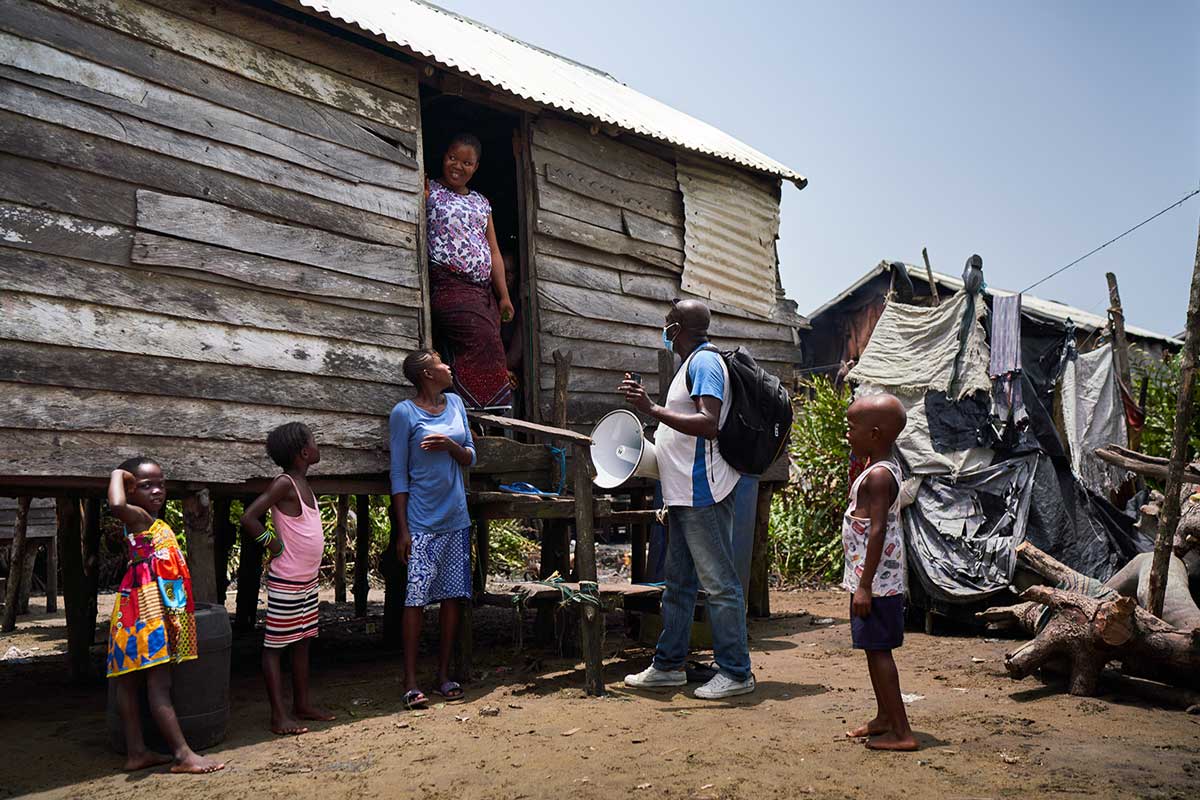Asia and Africa offer lessons in health systems resilience
In this pandemic, the income level of a country proved not to be a guarantee of an effective COVID-19 response; this analysis shows the key factors in a resilient health system to protect against future outbreaks.
- 20 May 2021
- 4 min read
- by Priya Joi

What is the research about?
The researchers looked at a range of health systems to determine what truly makes a system resilient in the face of a global crisis, such as the COVID-19 pandemic. In this context, resilience is the health system’s capacity to prepare for, respond to and recover from a crisis. The authors say that previous epidemics such as Ebola, severe acute respiratory syndrome (SARS) and Middle East respiratory syndrome (MERS) have shown how important it is to have resilient health systems to prevent new outbreaks.
What did the researchers do?
They did a comparative analysis of COVID-19 responses in 28 countries using a health systems resilience framework that looked at governance and financing, the health workforce, medical products and technologies, public health functions, health service delivery and community engagement to prevent and mitigate the spread of COVID-19. For the paper, published in Nature Medicine, the researchers gathered data through a combination of literature review, national government submissions and interviews with experts.
Many countries also expanded their health workforce or reallocated health professionals. Uganda for instance deployed significant additional healthcare manpower including epidemiologists, doctors, nurses, laboratory technologists and ambulance assistants.
They developed a framework based on the World Health Organization’s (WHO) health systems framework. Elements included key public health functions such as testing, contact tracing, disease surveillance and non-pharmaceutical public health interventions that operate separately from health service delivery. At the centre of the analysis is community engagement. The authors argue that serving communities equitably is fundamental and that resilient health systems should ensure they reach the vulnerable and most marginalised groups.
What did they find?
The researchers found health systems in high-income countries were not automatically the most resilient. Health systems that showed resilience had four common factors, they: (1) activated responses that addressed health and well-being as intertwined with social and economic considerations; (2) adapted capacity to meet the needs of communities; (3) preserved functions and resources to sustain both pandemic-related and routine and acute care; and (4) reduced vulnerability to catastrophic losses in communities, both in terms of health and well-being, as well as individual or household finances.
They point to the knowledge and expertise countries in Asia and Africa have in putting community engagement at the heart of their response, through mobilising community health workers and volunteers “to extend the reach, capacity and quality of their health systems” to get to the vulnerable and marginalised in remote areas. For example, Thailand deployed over one million community health workers to disseminate and amplify health messages in communities. Liberia empowered community leaders by offering training in COVID-19 epidemiology to support control efforts.
Have you read?
Many countries also expanded their health workforce or reallocated health professionals. Uganda for instance deployed significant additional healthcare manpower including epidemiologists, doctors, nurses, laboratory technologists and ambulance assistants. In Vietnam, 97 senior medical students were trained to volunteer with the Hanoi Center for Disease control to conduct epidemiological investigation of cases. Several low- and middle income countries provided financial support for the health workforce, including in Argentina where health workers dealing with COVID-19 patients directly received bonuses.
Several countries also provided mental health support for health workers to ensure they could sustain their workload. Sri Lankan hospitals arranged special meals for health workers and food sellers brought groceries to hospitals so that staff did not have to travel to supermarkets. In China, regulations on length of shifts and leave arrangement to relieve frontline medical workers were put in place to ensure the care of medical personnel and their families.
What does this mean?
The findings indicate that for a health system to be resilient, it must go beyond healthcare delivery and engage with broader social, economic and political factors. This means not only recruiting more health workers in a time of crisis, but looking after their wellbeing and mental health and offering incentives when they are asked to go far beyond the call of duty. It also means that equity has to be at the centre of health care provision. This is not a new concept, but as the researchers say, in a crisis such as COVID-19, inequities were greatly exacerbated for many reasons, including inability to access healthcare, to be able to social distance or stay home. Thus health systems need to be guided by concerns for gender, human rights and racialisation in healthcare.









